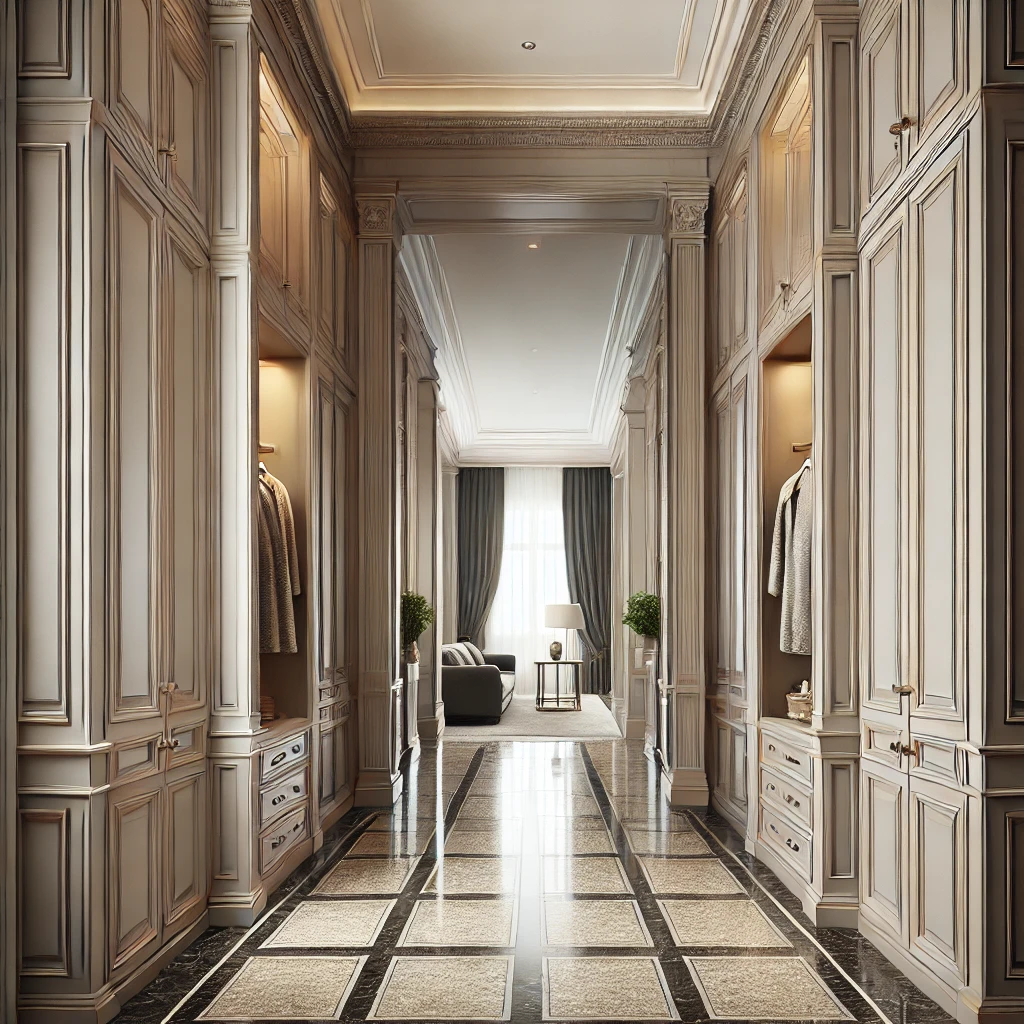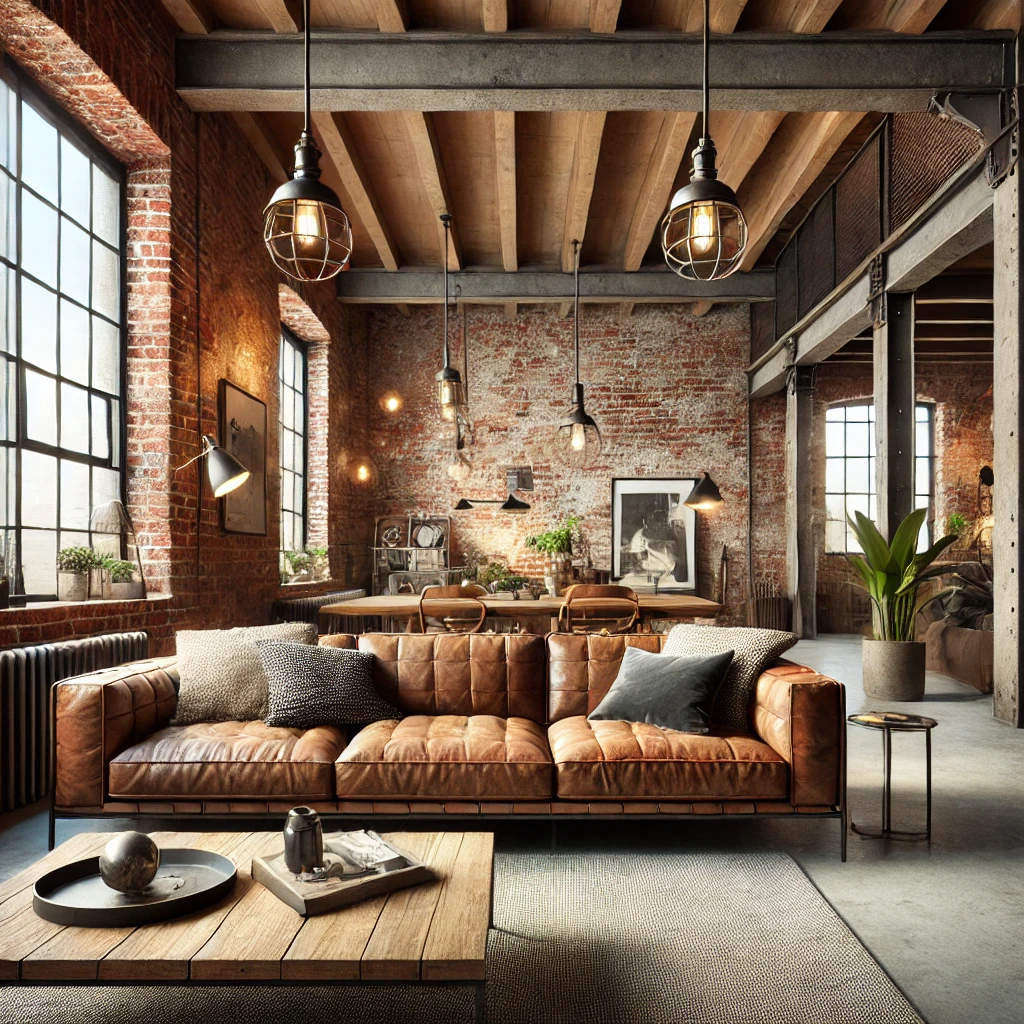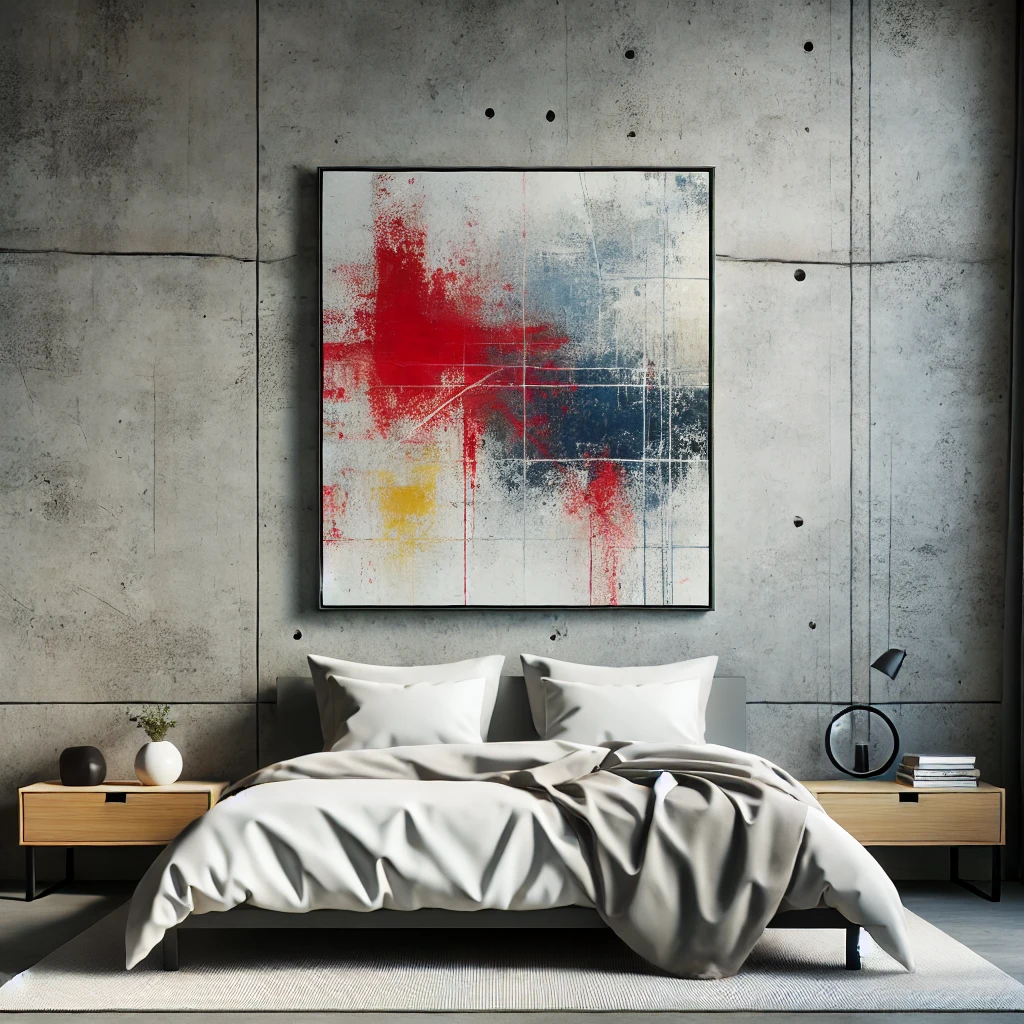Page 2 - Limewash
-
- May 06, 2025 - 8 min read
Limewash ZUBRA paint offers a wide range of applications, not only on traditional plasters or walls but also on various wooden surfaces. Thanks to its unique formula, this natural paint can be applied directly to many types of wood, creating both opaque finishes and subtle wash effects that highlight the natural grain of the wood. Here are some tips on how to use limewash paint on wooden surfaces:
-
- May 06, 2025 - 8 min read
ZUBRA limewash paint offers wide application possibilities, not only on traditional plasters or walls but also on various wooden surfaces. Thanks to its unique formula, this natural paint can be applied directly to many types of wood, creating both opaque finishes and subtle washed effects that expose the natural wood grain. Here are some tips on how to use limewash paint on wooden surfaces.
-
- May 05, 2025 - 7 min read
When thinking about refreshing the interior of your home or apartment, ZUBRA LIMEWASH paints offer solutions that will bring a breath of fresh air to any room. In 2024, we are transcending traditional approaches to interior decoration, proposing concepts that will not only transform the look of your walls but also positively impact the well-being of residents.
-
- May 05, 2025 - 3 min read
Limewash paint, with its rich history and unique aesthetic, has gained popularity in recent years. This natural and breathable coating offers a distinctive look that complements various design styles. In 2024, limewash remains a sought-after choice for those looking to create an atmosphere of rustic elegance or a touch of old-world charm in their homes.
-
- May 05, 2025 - 3 min read
When it comes to decorating our homes, paint is a word we are all familiar with. It is the go-to product for adding color and life to our walls. However, there is another material that has gained popularity in recent years: limewash. But what is limewash? Is it a type of paint? And if so, how does it differ from the standard wall paints we are used to? Let’s explore these questions and uncover the unique qualities that set limewash apart from its traditional counterparts.
-
- May 05, 2025 - 4 min read
Understanding the differences between limewash paint and Venetian plaster can help homeowners make more informed decisions regarding their interior design choices. Both have unique properties that offer aesthetic appeal, but they have distinct features that may make one a better choice over the other, depending on specific project requirements.
-
- May 05, 2025 - 4 min read
Limewash paint is a traditional, breathable finish that gives walls depth, making it an excellent complement for a variety of textures, such as “orange peel” texture, “knockdown” texture, trowel-applied textures, and structural plaster. This article discusses using Limewash paint on these different textures.
-
- May 05, 2025 - 8 min read
In today’s world, where more attention is being paid to health, well-being, and environmental protection, it’s no surprise that there is growing interest in natural products. This trend also includes building and decorative materials, with people increasingly looking for ways to introduce elements more in harmony with nature into their homes. ZUBRA LIMEWASH perfectly fits this search, offering a product that is not only beautiful and durable but also environmentally friendly.
-
- May 05, 2025 - 7 min read
Limewash, also known as whitewash, is a traditional type of paint used for centuries to paint and protect surfaces. It is an eco-friendly paint, primarily made from slaked lime, which gives it a range of unique properties. Unlike modern synthetic paints, Limewash is entirely natural, making it an ideal choice for those seeking ecological solutions.
-
- May 05, 2025 - 6 min read
Japandi style is synonymous with the harmonious blend of Scandinavian minimalism and Japanese aesthetics. It is characterized by simplicity, functionality, and a deep respect for nature. The design features natural materials, muted colors, and thoughtful, restrained forms.




